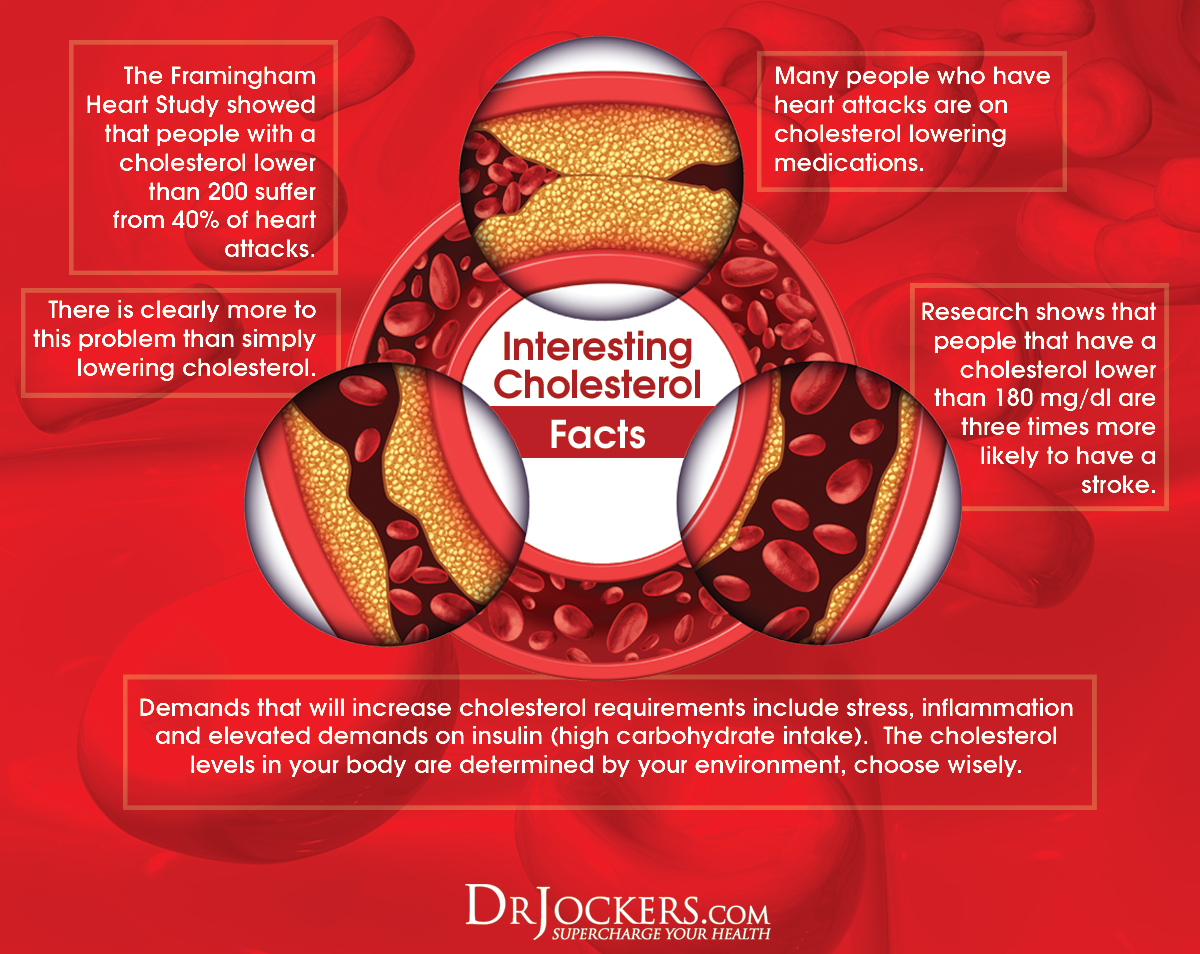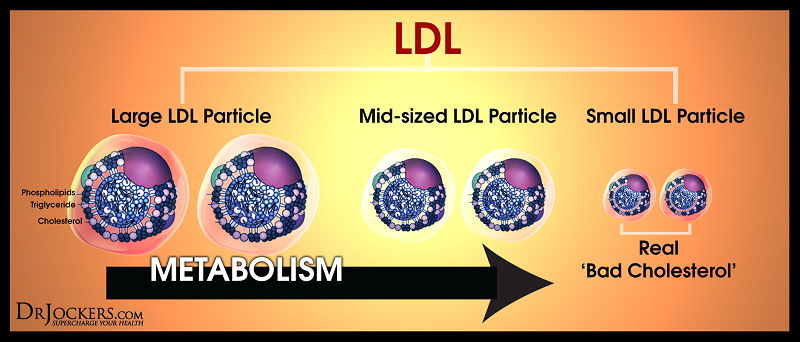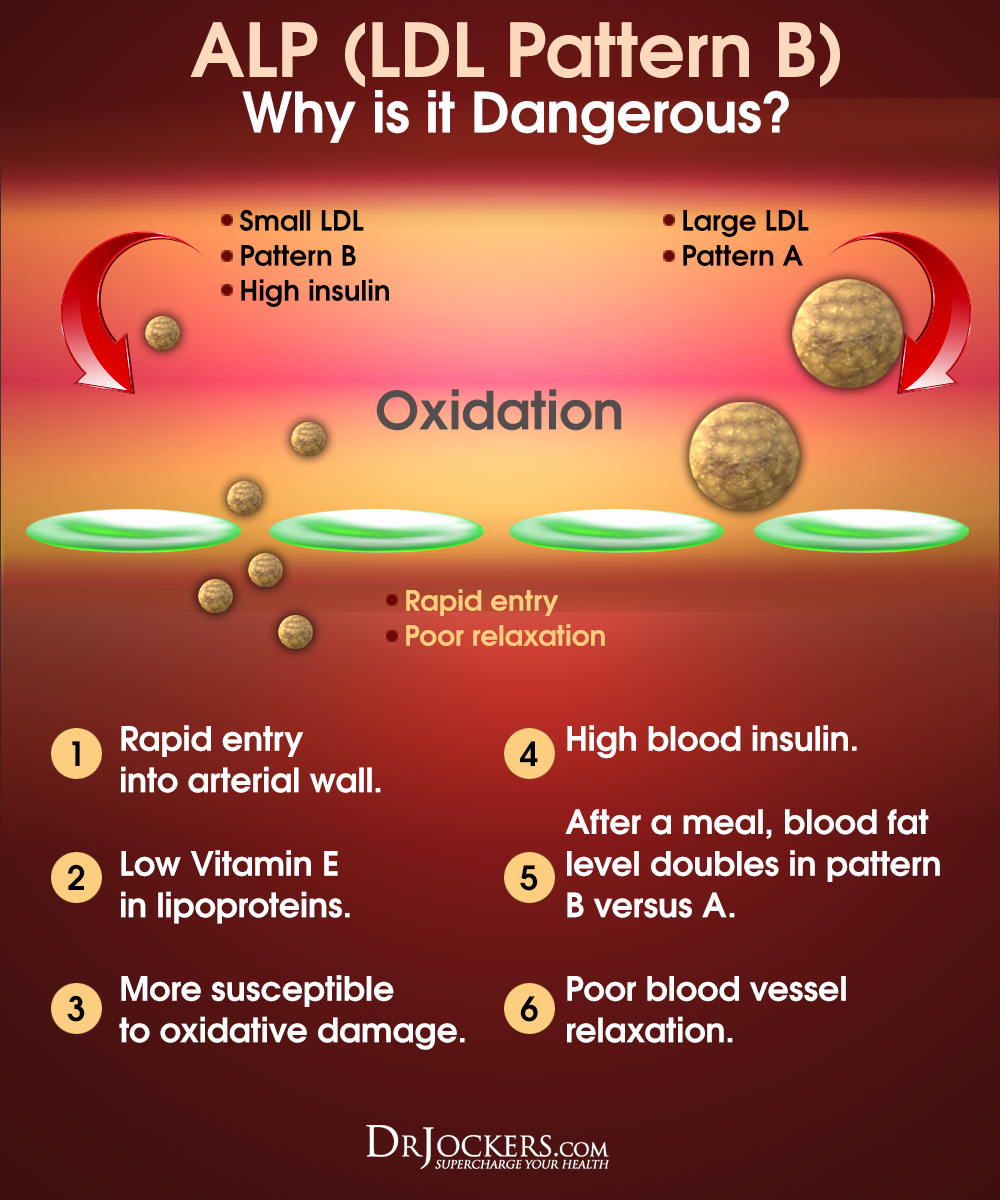¡¡
The Hidden Heart Disease Truth
¡¡
Chances are you have been taught that high cholesterol is the cause of heart disease. This has been the modern vernacular since Ancel Keys came out with his ¡°lipid hypothesis¡± theories in the 1950¡¯s. This hypothesis linked elevated dietary saturated fat and cholesterol to increased risk of heart disease. In this article, you will discover 12 steps to beat heart disease naturally.
21st century science is giving us a much greater understanding of cholesterol¡¯s role in atherosclerosis and coronary heart disease. This new understanding is that cholesterol is more of an innocent victim than a harmful contributer of this disease (1, 2, 3).
heart disease, Heart Disease: Major Causes and 12 Steps to Heal Naturally
Lipoproteins and Inflammation:
The lipid particles that transport cholesterol in circulation are called lipoproteins. Within this classification, you have low-density lipoproteins (LDL), high density lipoproteins (HDL) and very low-density lipoproteins (VLDL). Contained within these lipoproteins are one or more proteins, called apolipoproteins, which act as molecular ¡°signals¡± to facilitate the movement of lipid-filled lipoproteins throughout the body.
Cholesterol does not cause heart disease, however, oxidized cholesterol does cause major problems within the body. When inflammatory pathways are elevated, cholesterol molecules are oxidized, triglycerides are formed & blood vessel walls damaged (4, 5).
The Truth About LDL:
LDL has always been called the ¡®bad cholesterol¡± because it is associated with arterial plaque. But it actually performs many key features including transporting important fat soluble nutrients such as vitamin A, vitamin E, vitamin D and coQ10 to the cells of the body. Current science is demonstrating that the demonization of all LDL particles has been a big mistake.
LDL particles help to carry fat-soluble antioxidants, like CoQ10, vitamin E, and carotenoids, which protect the transported lipids from oxidative damage. This is why vitamin E and CoQ10 have performed so well in cardiovascular studies ¨C because they prevent the oxidative modification of LDL particles, which in turn protects the blood vessel lining from damage.
Increasing evidence has revealed that the concentration and size of the LDL particles more powerfully relates to the degree of atherosclerosis progression than the concentration contained within all the LDL particles (6, 7, 8).
Pattern A LipoProtein Profile:
Two main classifications of LDL particles exist. These are individually called Pattern A and Pattern B lipoproteins. Pattern A are classified as large and buoyant particles that contain more fat and anti-oxidants than their Pattern B counterparts. Pattern B lipoproteins are small and dense and carry less anti-oxidant protection.
Large buoyant LDL particles carry a high volume of the antioxidant Vitamin E, which helps to fend off free radicals. They pose only a very small chance of being oxidized while traveling through the circulatory system (9).
heart disease, Heart Disease: Major Causes and 12 Steps to Heal Naturally
Pattern A Lab Findings:
Low Density Lipoprotein (LDL): Can be low-normal-high
High Density Lipoprotein (HDL): Normal
Triglycerides (TG): Normal
Regardless of where the LDL value is this is a very healthy blood lipid panel. The TG/HDL ratio is the key. If the TG/HDL ratio is greater than 2 than there is a strong likelihood that there is a large population of small dense LDL particles. A TG/HDL ratio closer to 1 is what typically occurs with a smaller population of small dense LDL particles.
Pattern B LipoProtein Profile:
Pattern B lipoproteins are considered small, dense LDL particles. These particles carry less fat-soluble antioxidants such as Vitamin E. This increases the likelihood of oxidation by free radicals and the development of atherosclerotic plaque (10, 11).
One of the major problems with these small dense particles has to do with their relationship with the inner lining of the blood vessels called the endothelium. Due to the small particle size, these pattern A LDL particles pose a major threat of slipping into the endothelial wall where they are trapped. This then causes oxidation and significant endothelial damage.
Pattern B Lab Findings:
LDL: Can be low-normal-high
HDL: Low
Triglycerides: High
Regardless of where the LDL value is this is a very dangerous blood lipid panel. High TG and Low LDL is the common laboratory finding on a basic lipid panel. You can map out all of your LDL and HDL variants with a Vertical Auto Profile or VAP test.
This test identifies twice as many people at risk than routine cholesterol tests, including those with inherited risk factors who often develop premature heart disease.
Like routine tests, the VAP Test measures total cholesterol, HDL (¡°good¡± cholesterol), LDL (¡°bad¡± cholesterol), and triglycerides. But the VAP Test also measures cholesterol subclasses that play important roles in the development of heart disease (12).
This additional information allows your doctor to improve the detection of heart disease risk from about 40% to 90% and provides a foundation for patient-specific treatment plans. We offer the VAP test along with our entire cardiovascular biomarker analysis in the CardioPower test.¡¡
Heart Disease: Major Causes and 12 Steps to Heal Naturally
https://drjockers.com/beat-heart-disease-naturally/¡¡


